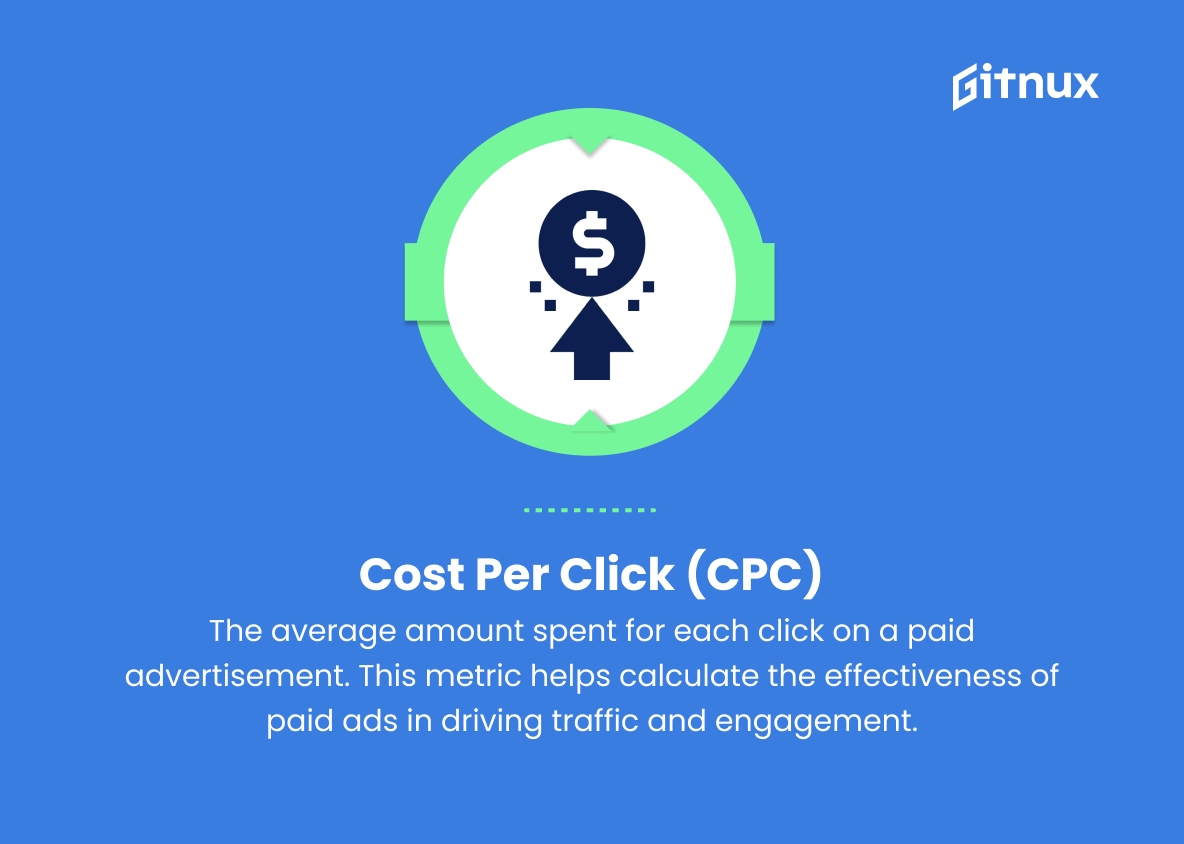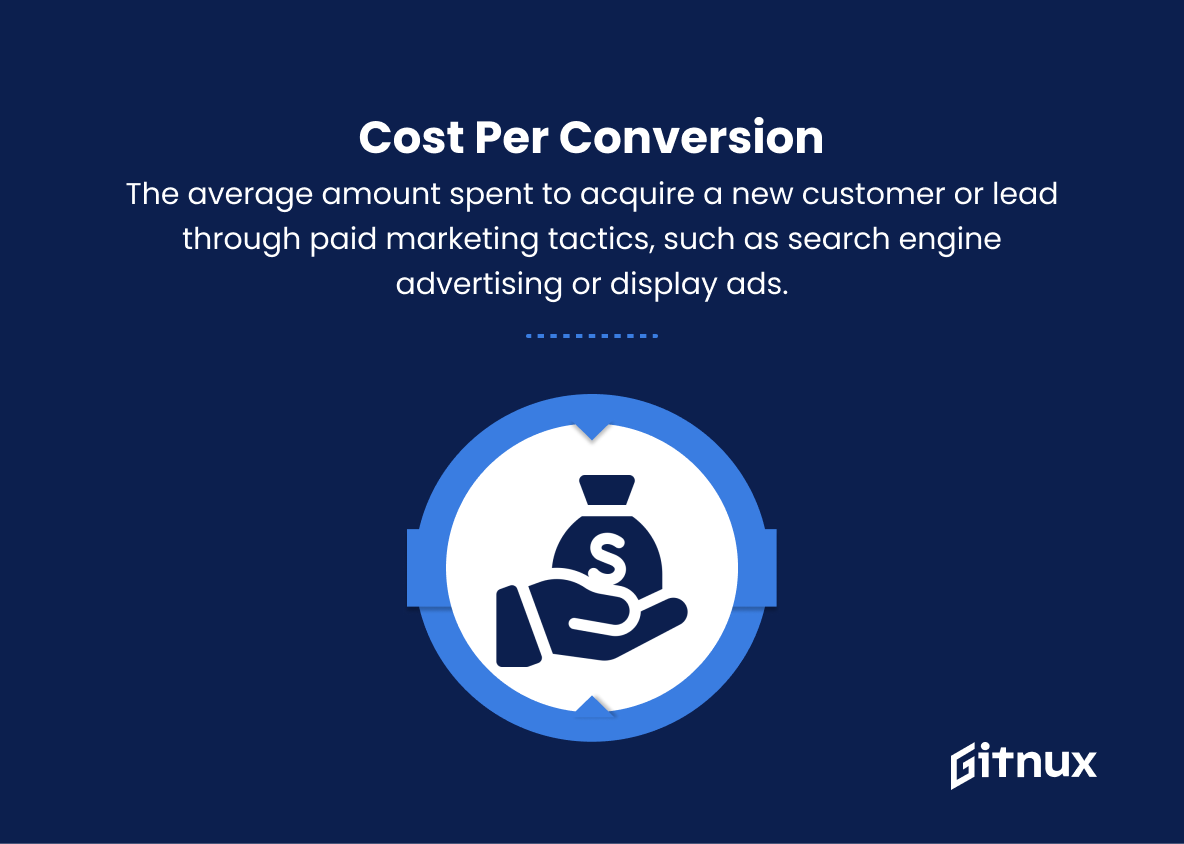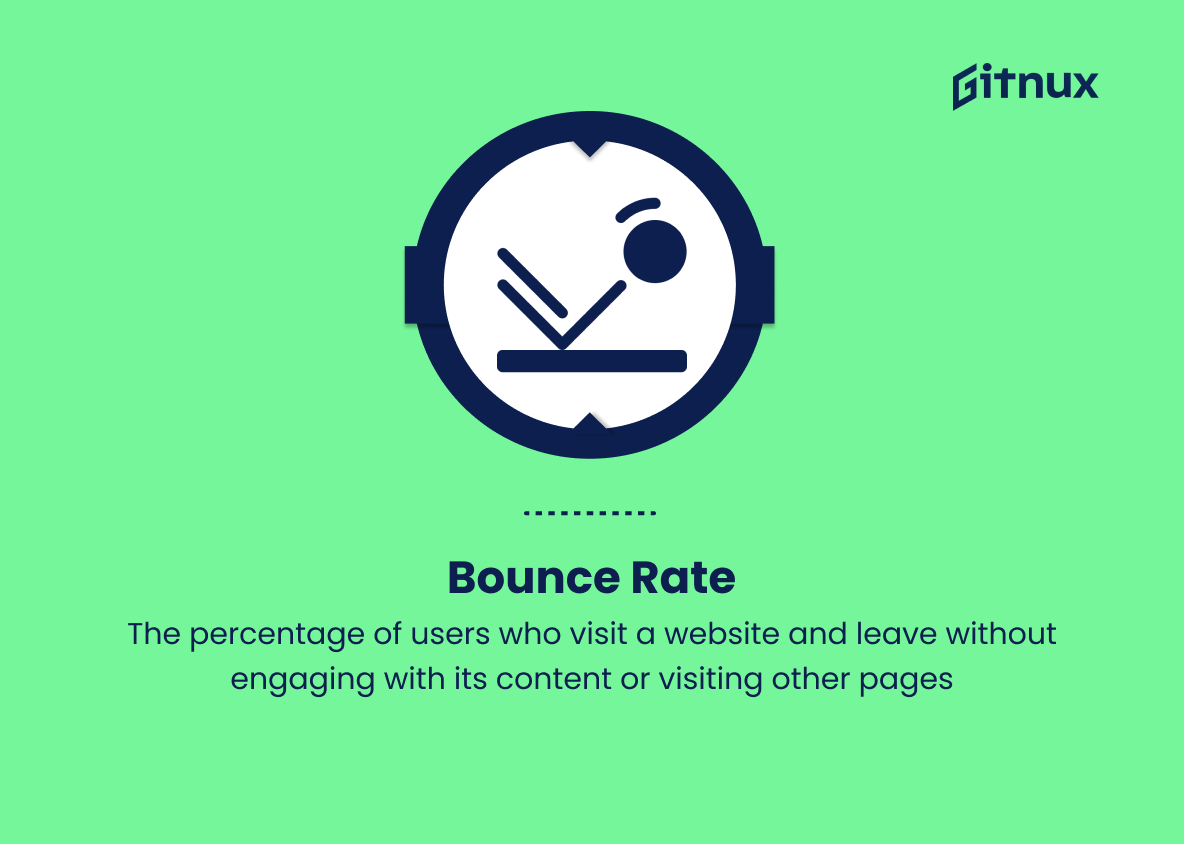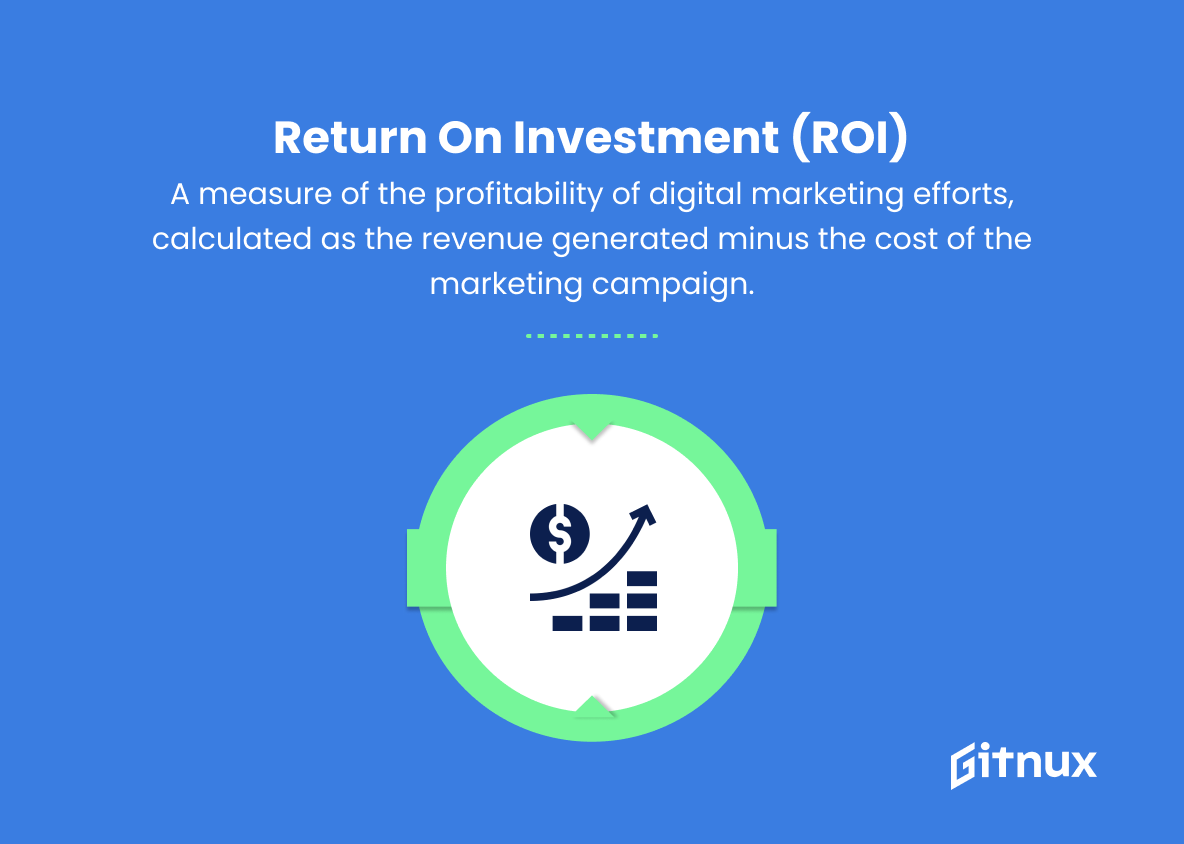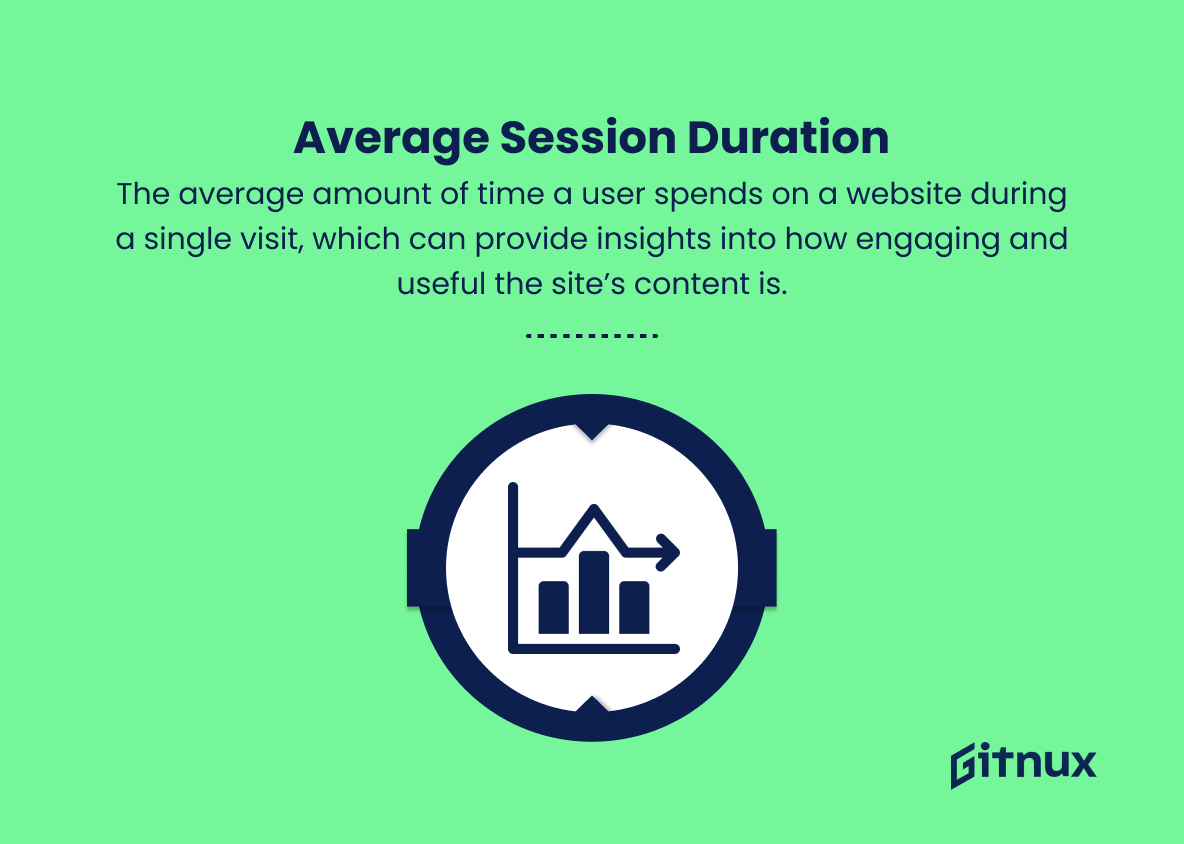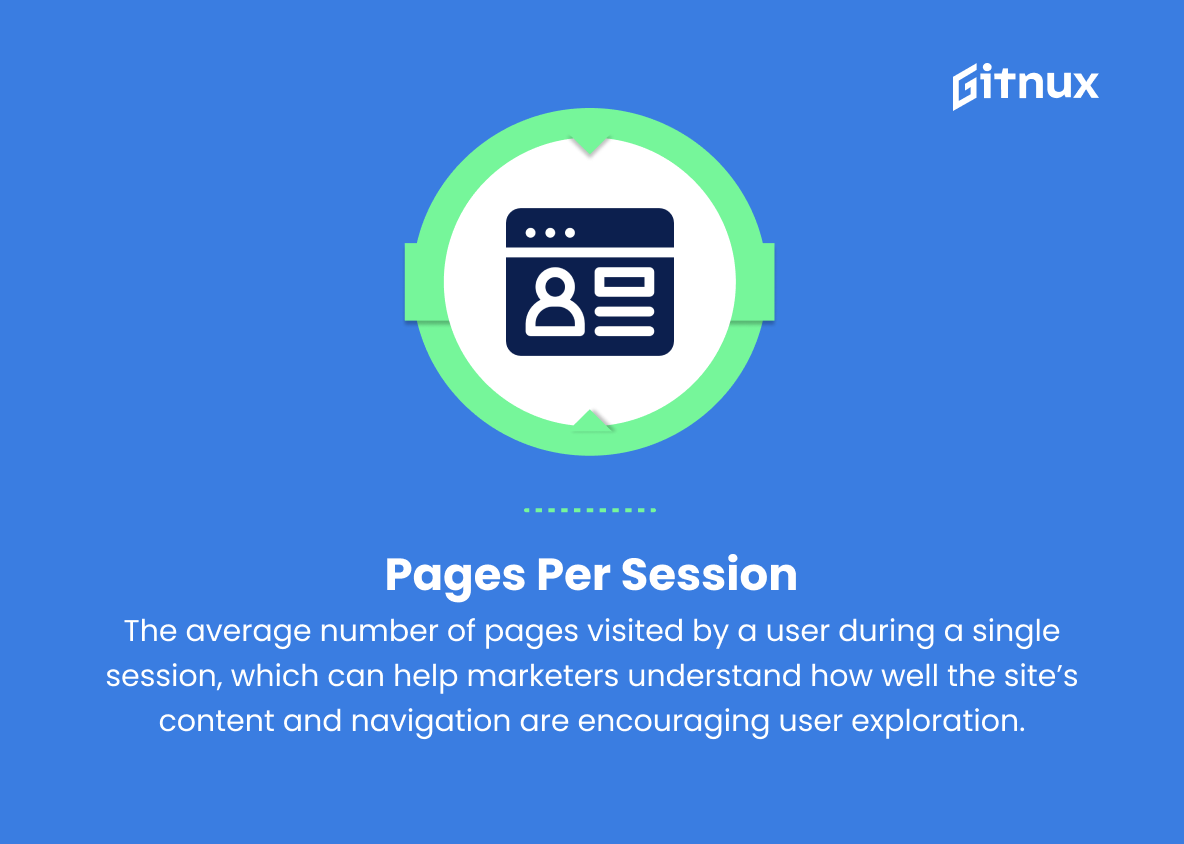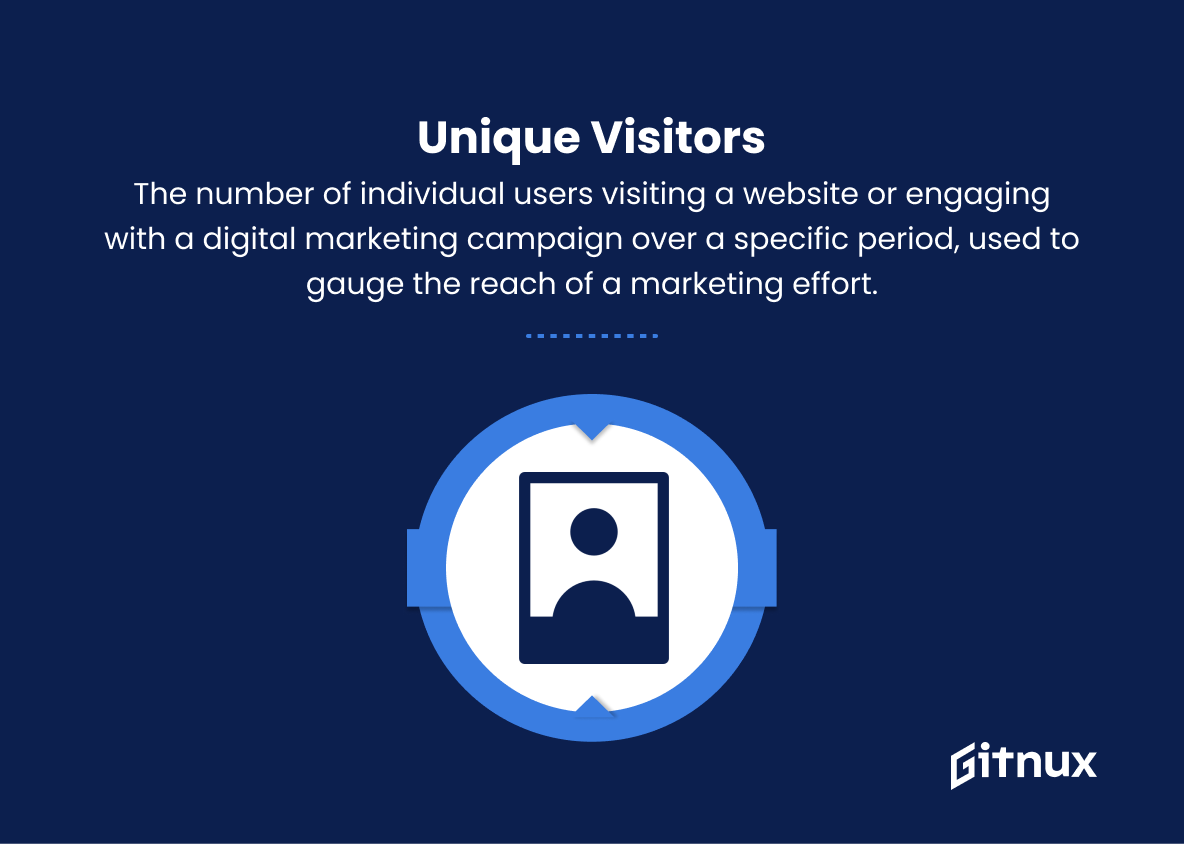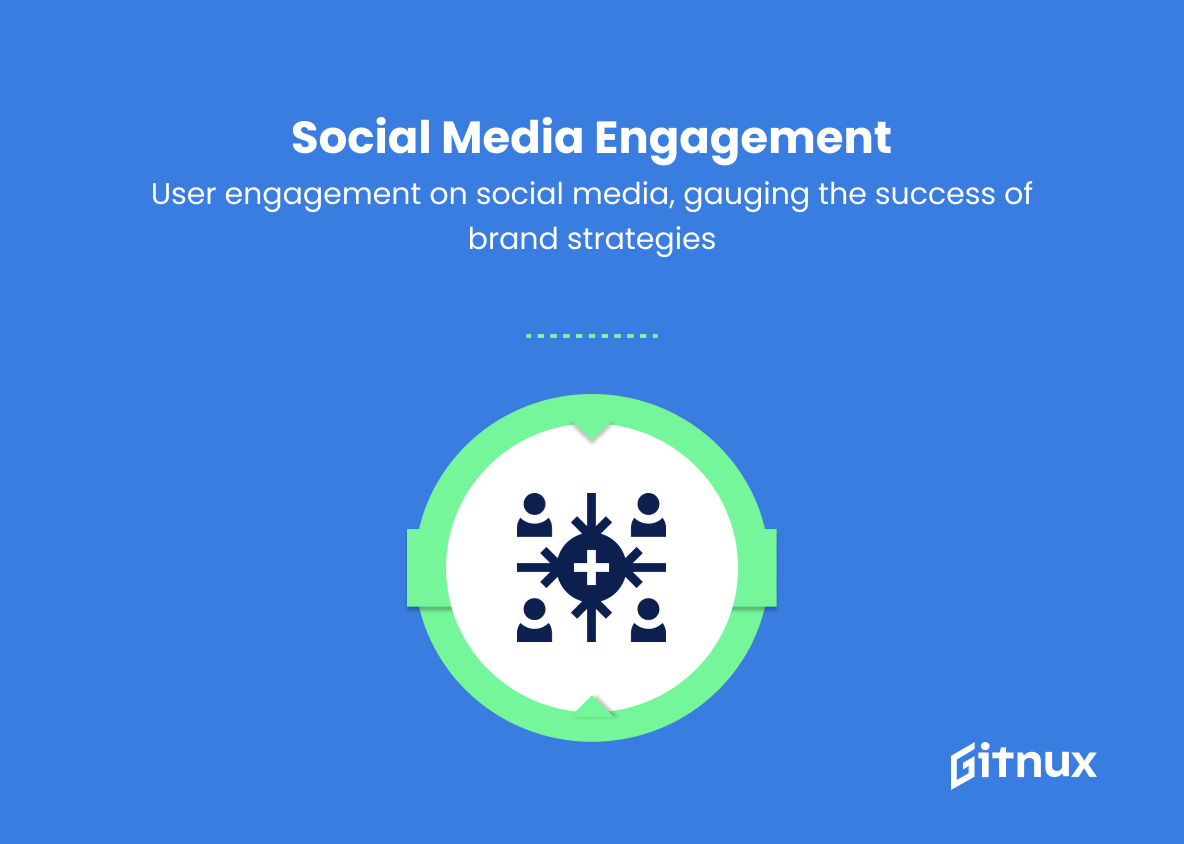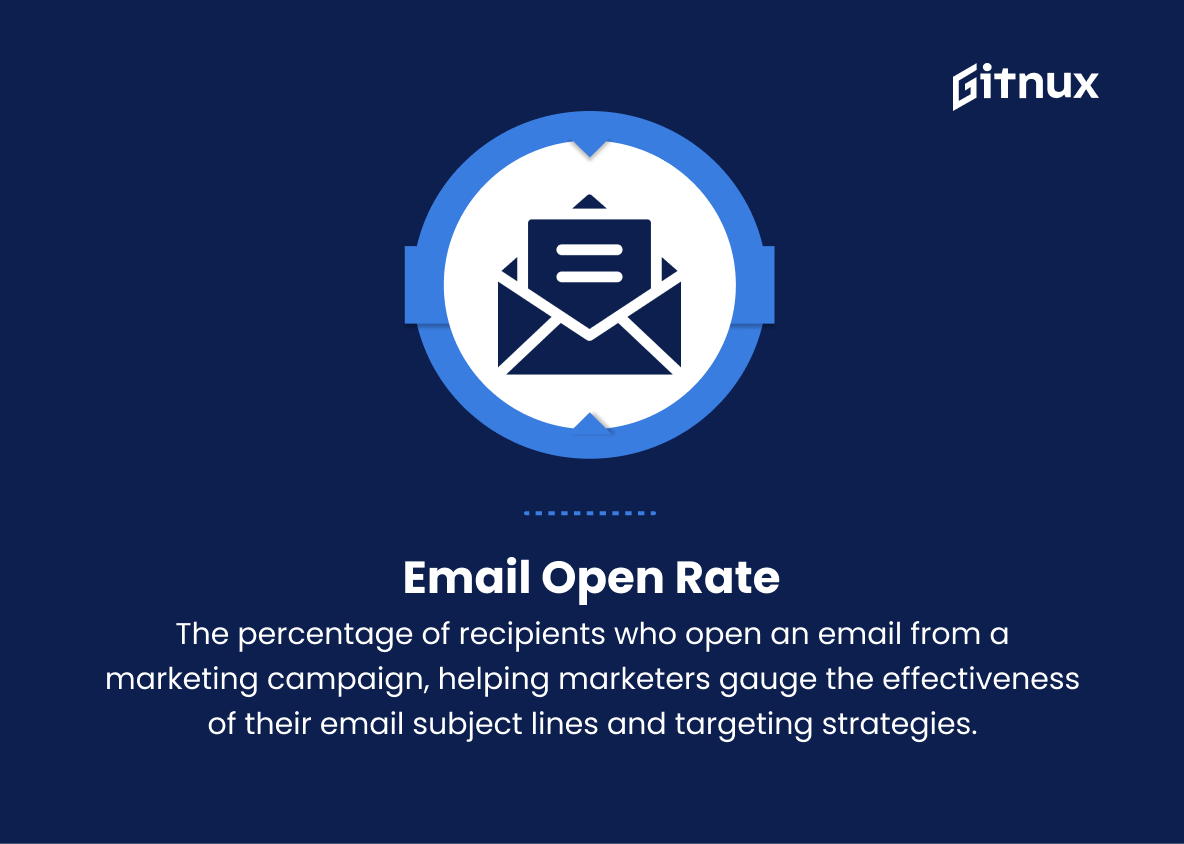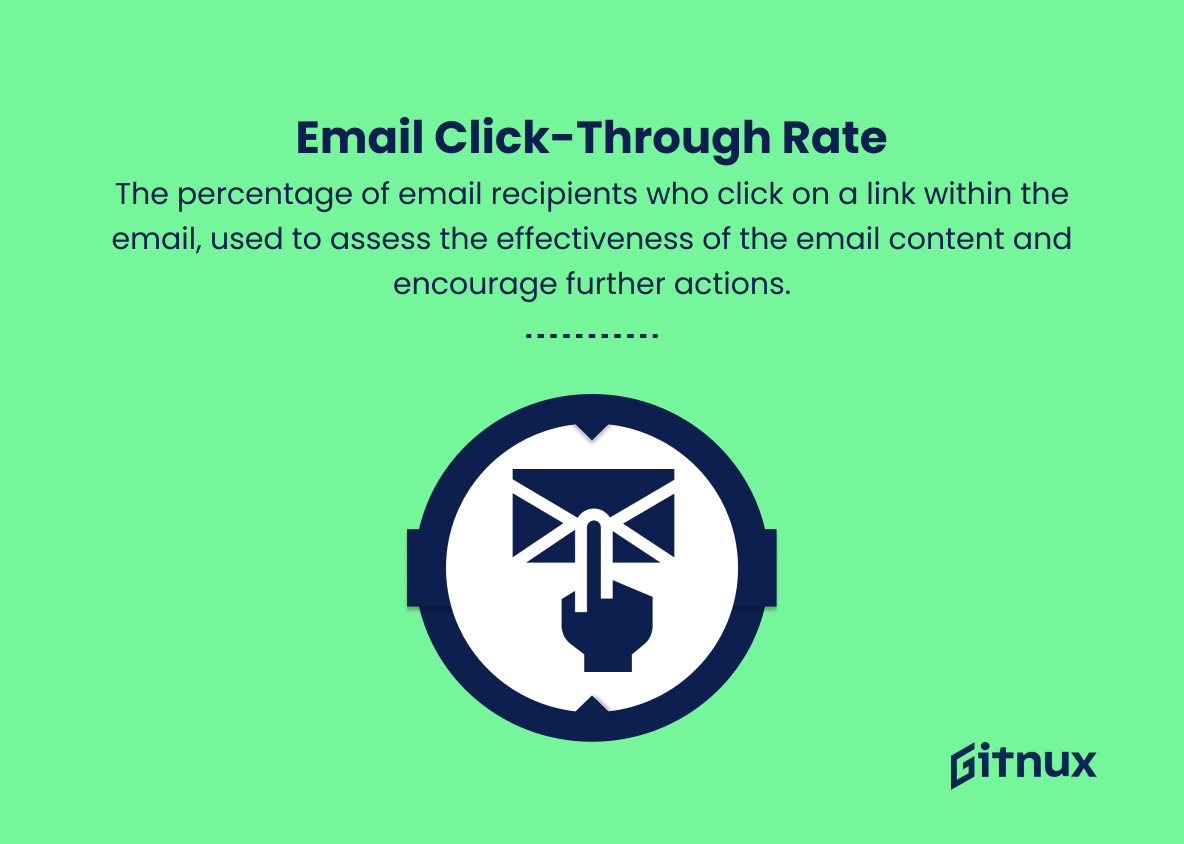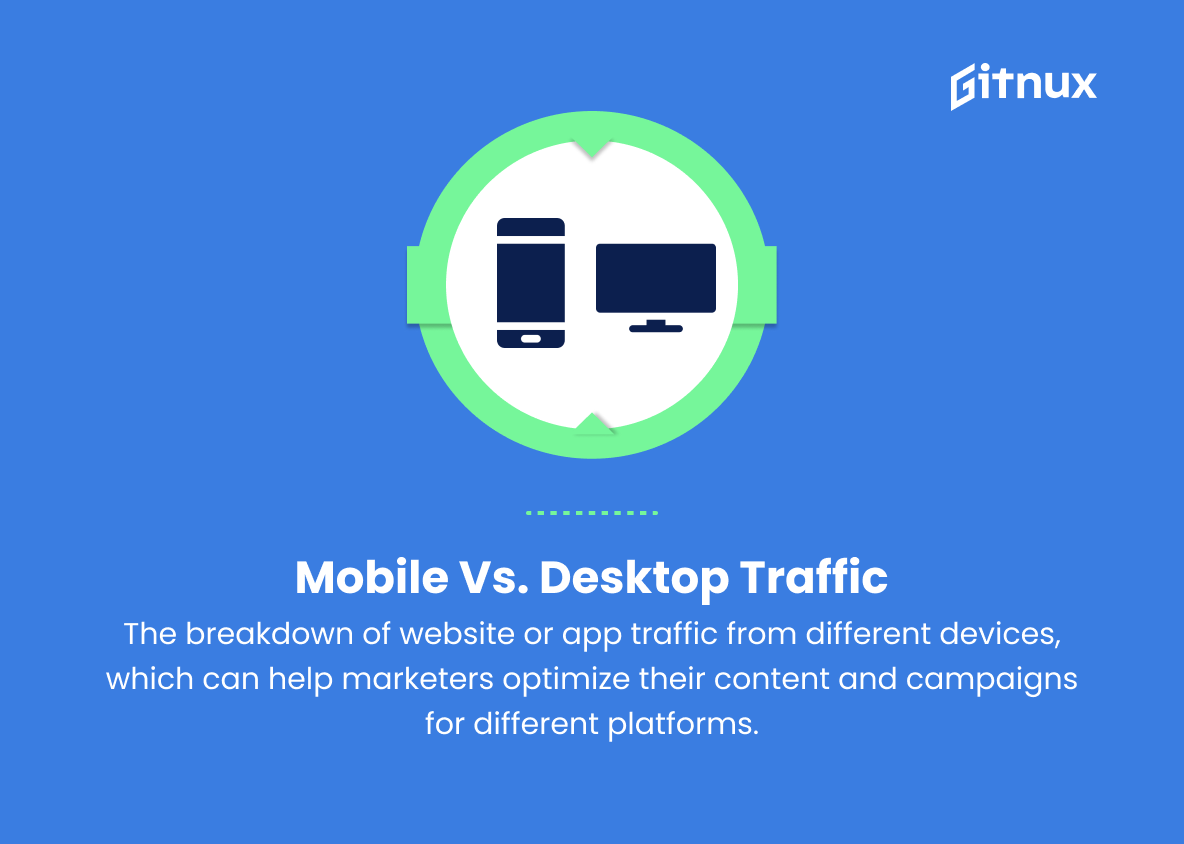In today’s fast-paced digital landscape, businesses worldwide are seeking innovative ways to reach and engage with their target audiences. Central to this quest is the need for a solid understanding of digital marketing metrics; essential data-driven measurements that not only act as a barometer for campaign success but also guide future marketing strategies. In this in-depth blog post, we explore the significance of these key performance indicators and delve into the most critical metrics for modern marketers.
From lead generation and conversion rates to user engagement and return on investment, our comprehensive guide aims to empower your business with the essential toolkit needed to thrive in the digital era. So get ready to bolster your artillery of skills and knowledge, as we journey through the crucial world of digital marketing metrics.
Digital Marketing Metrics You Should Know
1. Click-through rate (CTR)
The percentage of users who clicked on an ad or link after seeing it. A higher CTR can indicate more effective and relevant marketing efforts.
2. Conversion rate
The percentage of users who perform a desired action (e.g., making a purchase or signing up for a newsletter) after visiting a web page or engaging with an ad.
3. Cost per click (CPC)
The average amount spent for each click on a paid advertisement. This metric helps calculate the effectiveness of paid ads in driving traffic and engagement.
4. Cost per conversion
The average amount spent to acquire a new customer or lead through paid marketing tactics, such as search engine advertising or display ads.
5. Bounce rate
The percentage of users who visit a website and leave without engaging with its content or visiting other pages. A high bounce rate can indicate that users are not finding the site useful, relevant, or engaging.
6. Return on investment (ROI)
A measure of the profitability of digital marketing efforts, calculated as the revenue generated minus the cost of the marketing campaign.
7. Return on ad spend (ROAS)
The revenue generated from paid advertising campaigns divided by the advertising cost, used to evaluate the effectiveness of advertising efforts.
8. Average session duration
The average amount of time a user spends on a website during a single visit, which can provide insights into how engaging and useful the site’s content is.
9. Pages per session
The average number of pages visited by a user during a single session, which can help marketers understand how well the site’s content and navigation are encouraging user exploration.
10. Unique visitors
The number of individual users visiting a website or engaging with a digital marketing campaign over a specific period, used to gauge the reach of a marketing effort.
11. Impressions
The number of times an ad or piece of content is displayed on a screen, which can help marketers gauge the visibility and reach of their campaigns.
12. Social media engagement
The number of likes, comments, shares, retweets, and other interactions users have with a brand’s content on social media platforms, providing insights into the effectiveness of social strategies.
13. Email open rate
The percentage of recipients who open an email from a marketing campaign, helping marketers gauge the effectiveness of their email subject lines and targeting strategies.
14. Email click-through rate
The percentage of email recipients who click on a link within the email, used to assess the effectiveness of the email content and encourage further actions.
15. Mobile vs. desktop traffic
The breakdown of website or app traffic from different devices, which can help marketers optimize their content and campaigns for different platforms.
16. Landing page conversion rate
The percentage of users who complete a desired action on a landing page after clicking on a marketing campaign, used to assess the effectiveness of landing page design and messaging.
17. Organic search traffic
The number of users who visit a website through non-paid search engine results, indicating the effectiveness of a website’s search engine optimization (SEO) efforts.
18. Paid search traffic
The number of users who visit a website through paid search advertising campaigns.
19. Customer lifetime value (CLV)
The total revenue a company can expect to generate from a single customer over the entire duration of their relationship. CLV helps marketers understand the long-term value of acquiring new customers and retaining existing ones.
20. Lead generation rate
The number of marketing-qualified leads generated per marketing campaign or initiative, which can provide insight into the effectiveness of content marketing and lead generation strategies.
Digital Marketing Metrics Explained
Digital marketing metrics are essential in evaluating the effectiveness and ROI of marketing efforts. They help marketers measure various aspects of their strategies, such as click-through rate (CTR) that shows the relevance of ads and conversion rate to understand the user’s actions. Metrics like cost per click (CPC) and cost per conversion help analyze the success of paid advertisements, while bounce rate indicates the site’s engagement level. ROI, ROAS, and average session duration provide insights into profitability, ad effectiveness, and user engagement, respectively.
It’s also essential to monitor metrics like pages per session, unique visitors, and impressions to understand reach and user interaction. Social media engagement, email open and click-through rates, mobile vs. desktop traffic, and landing page conversion rates offer insights into different aspects of digital marketing. Additionally, monitoring organic and paid search traffic shows the effectiveness of SEO and advertising campaigns. Ultimately, understanding customer lifetime value (CLV) and lead generation rates reflects the long-term success of marketing initiatives and inspires informed marketing decisions.
Conclusion
In conclusion, digital marketing metrics are essential for gauging the effectiveness of an online marketing campaign, tracking progress towards goals, and optimizing strategies for better results. By closely monitoring key performance indicators (KPIs) such as website traffic, conversion rates, social media engagement, email open rates, and ROI, businesses and marketers can make informed decisions that drive growth and yield lasting benefits.
Adopting an adaptive, data-driven approach to digital marketing allows for continuous improvement and maximizes the potential for success in an increasingly competitive online landscape. So, whether you are a seasoned professional or just getting started, focusing on these critical metrics will provide valuable insights and help ensure that your digital marketing efforts deliver the desired outcomes.


